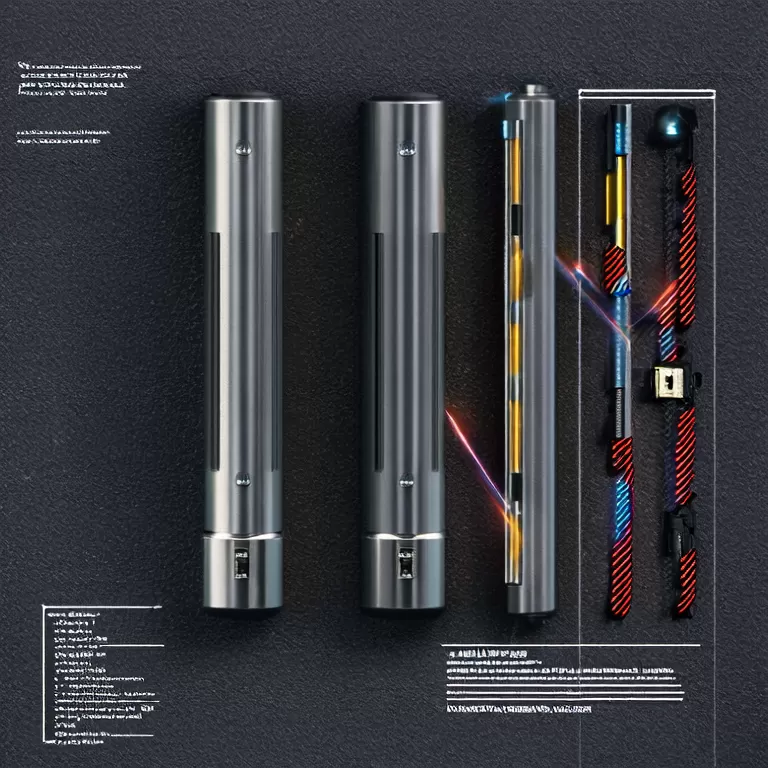- Home
- Products
+
- Connectors
+
- Box Header Connectors & Ejector Header Connectors
- Female Header Connectors
- Male Pin Header Connectors & Mini Jumper Connectors
- IC Socket / PLCC Socket / ZIF Socket Connectors
- Wire to Board Connectors & Wire to Wire Connectors
- IDC Connectors
- FFC / FPC Connectors
- Micro Match Connectors
- DIN41612 Connector
- D-Sub Connectors / D-SUB hood
- SIM & Micro SIM & Nano SIM Card Connectors
- Memory Card Connectors
- USB 2.0 / USB 3.0 / USB 3.1 / Type C / Micro USB / IEEE 1394 / Mini USB Connectors
- DVI Connectors & HDMI Connectors
- Y13 / Y17 /Y21 IP68 Waterproof Circular Connectors
- Circular Connectors
- SATA Connectors
- Audio Connectors
- Terminal Blocks
+
- PCB Terminal Block Rising Clamp
- PCB Terminal Block Wire Protector
- Pluggable Terminal Blocks
- Screwless-Spring terminal blocks
- Barrier Terminal Blocks
- Reflow Solder LCP Housing Terminal Blocks
- Fuse lighting terminal blocks
- Feed Through Terminal Blocks and Box
- Miniature Rail-mounted Terminal Blocks
- Insulated terminals
- Non-insulated terminals
- Solder terminals for PCB mount
- Switches +
- Crystals / Oscillators / Resonators +
- Transformers +
- Ethernet Connectors +
- RF Connectors +
- Sound sources +
- Latching Relay +
- Antenna +
- Connectors
+
- Cross Reference
- Solution
- About RHT
- FAQ
- Download
- News
- Contact Us +
What is a terminal block?
 Sep. 11, 2025
Sep. 11, 2025In today\'s rapidly evolving electrical landscape, the significance of reliable connections cannot be overstated. Terminal Blocks—crucial components used in various electrical applications—serve as vital points for wire connections, ensuring stability and safety. As a Terminal Blocks Supplier, understanding the intricacies of terminal blocks can help minimize downtime in operations and enhance performance across multiple applications. Whether you are designing a new system or upgrading an existing one, knowing the right type of terminal block to use can significantly enhance efficiency and reliability, ultimately driving profit for businesses.

What is a Terminal Block?
A terminal block is an electrical connector that joins two or more wires together. Commonly used in industrial applications, these components allow for efficient connections, easy circuit assembly, and provide a safe environment for wire terminations. An essential term related to terminal blocks is “conductor,” which refers to wires or cables carrying electrical current. By securely connecting conductors through screw terminals or spring clamp mechanisms, terminal blocks ensure minimal resistance and reliable performance in electrical systems.
Application Scenarios of Terminal Blocks
Terminal blocks have extensive applications across various industries. Here are some primary areas where you\'ll find them:
Industrial Automation: In manufacturing plants, terminal blocks facilitate connections in control panels and machinery, contributing to a streamlined operation.
Building Electrical Systems: They are used widely in building wiring for safety in connections across different circuits.
Telecommunication Systems: Terminal blocks manage numerous connections for data transmission, ensuring optimal clarity and speed.
Power Distribution: In power supplies, terminal blocks are crucial in managing power feed, providing safety and dependability.
Advantages of Using Terminal Blocks
Understanding the benefits of terminal blocks highlights their importance. Here are some significant advantages:
Ease of Installation: Terminal blocks simplify wiring tasks, with modular designs allowing for quick assembly. According to research from the National Electrical Manufacturers Association (NEMA), this results in an estimated 25% reduction in installation time compared to traditional wiring methods.
Improved Reliability: Data indicates that systems equipped with terminal blocks experience up to 50% fewer electrical failures than those using older connection methods, mainly due to tightly sealed and secure connections.
Enhanced Safety: Terminal blocks\' design minimizes the risk of short circuits. With proper insulation and terminal design, the likelihood of accidental contact with conductive parts is drastically reduced, according to the International Electrotechnical Commission (IEC).
Conclusion: Taking the Next Steps
When selecting terminal blocks, it\'s crucial to evaluate your specific needs, including amperage ratings, mounting options, and the environmental conditions of your application. For further understanding, read the user guide of your selected brand or contact a trusted Terminal Blocks Supplier like RHT. This ensures you make informed decisions that will enhance the safety and efficiency of your systems.
FAQ
What types of terminal blocks are available?
Types include screw terminal blocks, spring-clamp terminal blocks, and insulation-displacement connectors (IDC), each suited for specific applications.
How do I select the right terminal block for my needs?
Consider factors such as voltage rating, wire size, and environmental conditions.
Are terminal blocks reusable?
Yes, many types allow for multiple connect-disconnect cycles, contributing to easier maintenance.
Where can I find high-quality terminal blocks?
Reliable suppliers like RHT provide a range of terminal blocks designed to meet diverse industrial applications.
For those seeking deeper insights into terminal blocks and their impact on electrical systems, we invite you to explore more through our detailed guides and product offerings at RHT. By understanding these essential components, you\'ll be equipped to make smarter, safer electrical design decisions.
 Dec. 12, 25
Dec. 12, 25
What connector is used in audio equipment?
 Dec. 12, 25
Dec. 12, 25
What is a feed-through terminal block?
 Dec. 10, 25
Dec. 10, 25










